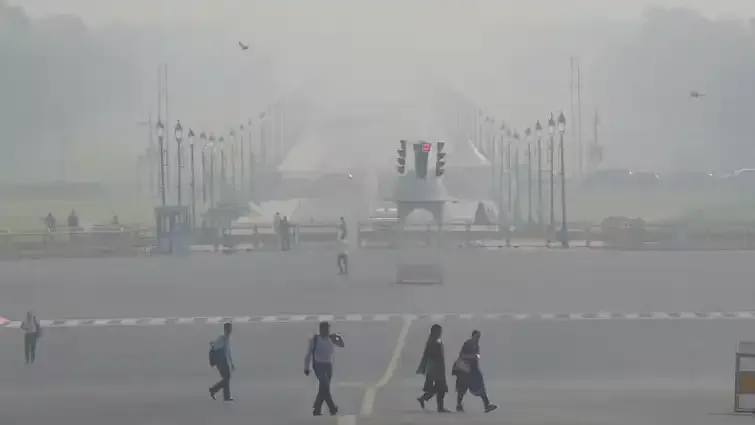Shopping cart
Your cart empty!
Terms of use dolor sit amet consectetur, adipisicing elit. Recusandae provident ullam aperiam quo ad non corrupti sit vel quam repellat ipsa quod sed, repellendus adipisci, ducimus ea modi odio assumenda.
Lorem ipsum dolor sit amet consectetur adipisicing elit. Sequi, cum esse possimus officiis amet ea voluptatibus libero! Dolorum assumenda esse, deserunt ipsum ad iusto! Praesentium error nobis tenetur at, quis nostrum facere excepturi architecto totam.
Lorem ipsum dolor sit amet consectetur adipisicing elit. Inventore, soluta alias eaque modi ipsum sint iusto fugiat vero velit rerum.
Sequi, cum esse possimus officiis amet ea voluptatibus libero! Dolorum assumenda esse, deserunt ipsum ad iusto! Praesentium error nobis tenetur at, quis nostrum facere excepturi architecto totam.
Lorem ipsum dolor sit amet consectetur adipisicing elit. Inventore, soluta alias eaque modi ipsum sint iusto fugiat vero velit rerum.
Dolor sit amet consectetur adipisicing elit. Sequi, cum esse possimus officiis amet ea voluptatibus libero! Dolorum assumenda esse, deserunt ipsum ad iusto! Praesentium error nobis tenetur at, quis nostrum facere excepturi architecto totam.
Lorem ipsum dolor sit amet consectetur adipisicing elit. Inventore, soluta alias eaque modi ipsum sint iusto fugiat vero velit rerum.
Sit amet consectetur adipisicing elit. Sequi, cum esse possimus officiis amet ea voluptatibus libero! Dolorum assumenda esse, deserunt ipsum ad iusto! Praesentium error nobis tenetur at, quis nostrum facere excepturi architecto totam.
Lorem ipsum dolor sit amet consectetur adipisicing elit. Inventore, soluta alias eaque modi ipsum sint iusto fugiat vero velit rerum.
Do you agree to our terms? Sign up

As Delhi prepares for the onset of winter, the Commission for Air Quality Management (CAQM) has announced a crucial step in the city’s ongoing battle against toxic smog. From November 1, 2025, all non-BS-VI compliant commercial trucks registered outside Delhi will be banned from entering the national capital, marking one of the strongest regulatory actions against vehicular pollution in recent years.
This new directive aims to reduce the alarming levels of PM 2.5 and PM 10 particulate matter that blanket the city each winter, causing severe health hazards. According to experts, Delhi’s geography and seasonal crop burning in neighboring states further trap pollutants close to the surface, intensifying the smog. “This kind of haze that you see around me is all smog — all the PM 2.5 particulate matter trapped in the air near the surface,” a field reporter noted, illustrating the growing concern.
Under the CAQM’s new rule, commercial goods vehicles not meeting BS-VI emission standards will not be permitted to enter Delhi. However, BS-IV compliant vehicles will be allowed entry until October 31, 2026, as part of a transitional phase. The regulation exempts Delhi-registered BS-VI vehicles as well as vehicles operating on eco-friendly fuels such as CNG, LNG, and electricity, ensuring that essential logistics and delivery services remain uninterrupted.
The Bharat Stage VI (BS-VI) standards, introduced nationwide in April 2020, represent India’s most stringent vehicle emission norms to date. These standards require vehicles to emit 80% less particulate matter and nitrogen oxides compared to BS-IV vehicles, significantly reducing harmful pollutants that contribute to respiratory illnesses and poor air quality.
The ban’s implementation comes as part of a broader winter pollution control strategy, which includes restrictions on construction activities, industrial emissions, and crop residue burning. The Delhi government has also reactivated its Graded Response Action Plan (GRAP) to enforce stricter measures during high pollution days.
Experts believe the truck entry ban will help curb emissions from thousands of heavy-duty diesel vehicles that traverse Delhi daily, a major source of winter smog. However, environmentalists caution that long-term results will depend on regional cooperation and continuous enforcement across the NCR states — Haryana, Punjab, and Uttar Pradesh.
As the air quality index (AQI) continues to decline, the CAQM’s move marks a decisive effort to make Delhi’s air breathable again. The real test, however, lies in sustained policy execution, public compliance, and cleaner transport adoption over the coming years.
9
Published: Oct 28, 2025